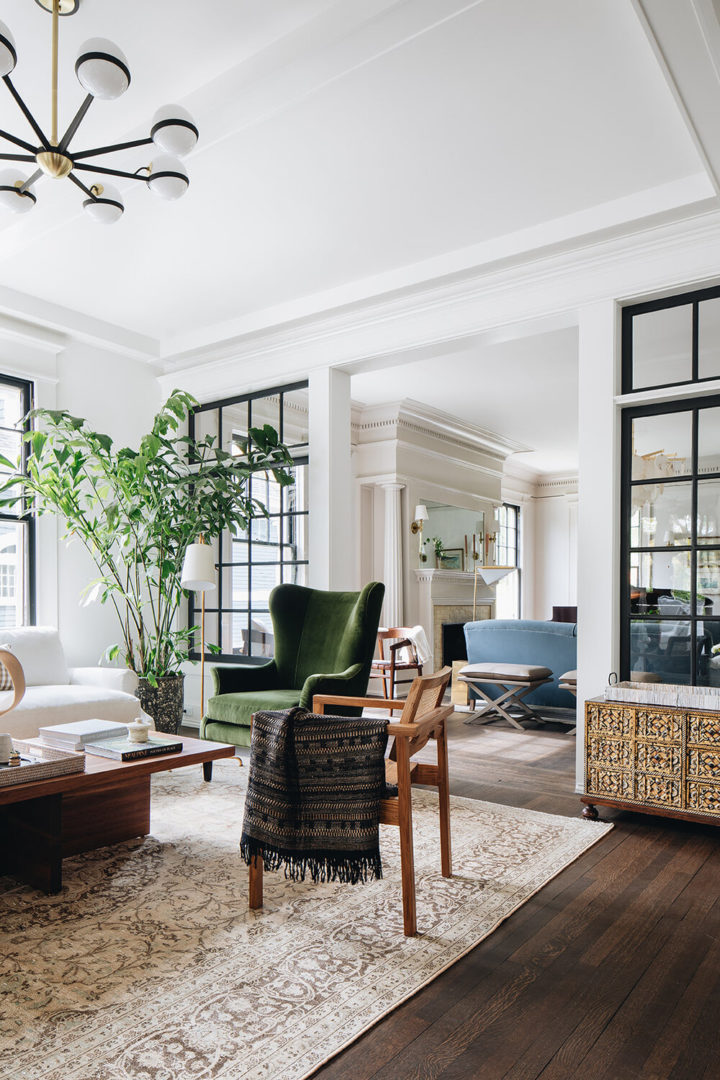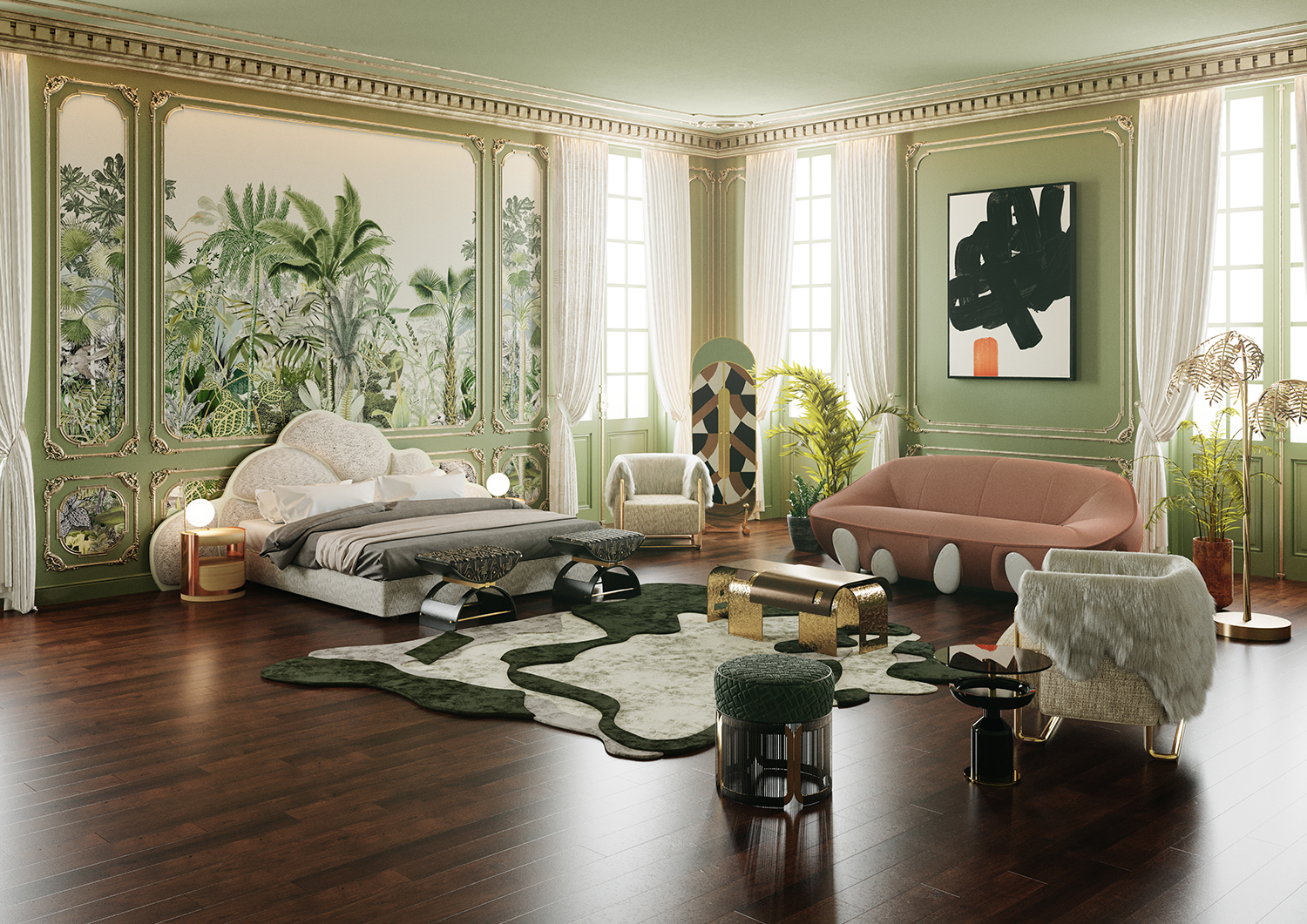Choose an innovative Architecture Firm for cutting-edge and creative designs.
Choose an innovative Architecture Firm for cutting-edge and creative designs.
Blog Article
Transform Your Home With Necessary Principles of Inside Design and Aesthetic Appeals
The art of changing your home through the necessary principles of interior decoration and visual appeal calls for a thoughtful strategy that harmonizes color, balance, and spatial recognition. By understanding the effect of color theory and the significance of texture and patterns, one can create areas that are not only aesthetically appealing however likewise deeply individual. Achieving this balance involves greater than plain decoration; it incorporates a calculated arrangement and an eager understanding of how each component engages within an area. As we discover these fundamental principles, take into consideration just how they could redefine your understanding of home and personal expression.
Recognizing Color Theory
Shade concept is a fundamental facet of indoor design that dramatically affects mood, perception, and total visual. Comprehending the principles of shade theory enables developers to create rooms that reverberate emotionally with passengers while satisfying functional needs (luxury interior design). Shades can be categorized into three main types: primary, secondary, and tertiary. Each category plays a critical function in establishing consistency within a space.
The mental effect of shades is extensive; warm shades such as reds and oranges evoke energy and heat, while awesome tones like blues and eco-friendlies advertise peace and serenity. The use of complementary shades enhances aesthetic rate of interest, developing striking contrasts that can elevate a space's allure.
Neutral colors, on the other hand, work as a flexible background, permitting other design aspects to shine. It is vital to think about elements such as lighting and the room's purpose when picking a color combination, as these can change the understanding of colors throughout the day.
Eventually, a well-considered color pattern can change an area, cultivating a feeling of comfort and design that lines up with the occupants' choices. Mastery of color concept is, consequently, a vital skill for any kind of indoor designer intending to develop harmonious and welcoming atmospheres.
Accomplishing Equilibrium in Style
How can designers attain a feeling of balance in their areas? Accomplishing balance in design is fundamental to creating unified interiors.
Asymmetrical equilibrium, on the various other hand, relies on varying elements that still achieve a natural appearance. This technique enables for more dynamic and informal plans, offering rate of interest while preserving stability. By carefully selecting varying sizes, shades, and textures, designers can develop a visually engaging room that really feels well balanced yet energetic.
Radial equilibrium emphasizes a main centerpiece with aspects radiating outward. This style is generally seen in round formats, where furniture and style create a natural surround that attracts the eye inward.
Eventually, achieving equilibrium calls for thoughtful consideration of range, proportion, and the partnerships between aspects. luxury interior design. By skillfully using these balance principles, designers can transform rooms into environments that really feel both visually pleasing and functionally unified, improving the overall experience for residents
Value of Spatial Recognition

A keen feeling of spatial understanding enables developers to identify centerpieces within a space, leading the audience's attention to crucial features while maintaining a total sense of unity. It likewise assists in the calculated positioning of lighting, which can considerably affect the assumption of room and mood. Understanding spatial partnerships enables the designer to provide to the specific requirements of citizens, ensuring that each area serves its designated purpose without jeopardizing aesthetic appeals.
Ultimately, spatial awareness is important for maximizing the possibility of check my reference any kind of indoor space. By very carefully considering the interaction between measurements, layout, and feature, developers can produce environments that not just fulfill practical requirements however also evoke a feeling of convenience and beauty, boosting the general living experience.
Incorporating Appearance and Patterns
Accepting a diverse series of textures and patterns can substantially enhance the visual and tactile allure of an indoor space. The tactical use different products-- such as timber, steel, fabric, and stone-- produces depth and rate of interest, making Related Site an area really feel more inviting and vibrant. Incorporating smooth surface areas with rough appearances can develop an equilibrium that draws the eye and engages the senses.
When incorporating patterns, take into consideration both scale and repeating. Large patterns can function as centerpieces, while smaller sized, subtle designs can complement various other elements without frustrating the space. Layering patterns, such as pairing flower paddings with striped throws, includes intricacy and a feeling of harmony if carried out thoughtfully.
It is additionally critical to keep a cohesive shade palette, ensuring that structures and patterns collaborate instead than compete for interest. By choosing a couple of crucial textures and patterns, you can produce a linked aesthetic that shows your individual style while improving the general atmosphere of the space. Eventually, the cautious consolidation of these aspects can change a mundane room right into a sophisticated atmosphere rich with character and warmth.
Personalizing Your Room
Producing a room that reflects your individuality is crucial to achieving a genuinely inviting atmosphere. Personalization in interior decoration enables you to instill your unique design and passions into your home, transforming it from a plain shelter into a refuge that talks to that you are. Begin by picking a color combination that resonates with your emotions-- vibrant hues can invigorate, while soft tones supply serenity.
Incorporate art work and decor that reflect your enthusiasms, whether it be traveling, nature, or abstract principles. Presenting personal collections, such as publications, photos, or mementos, can evoke treasured memories and produce centerpieces within an area. Furthermore, consider tailoring practical items, like upholstered furniture, to straighten with your aesthetic choices.

Verdict
Finally, the makeover of a home through the crucial principles of interior design and aesthetics requires a thorough understanding of color theory, balance, spatial awareness, structure, and customization. Each element adds considerably to creating a harmonious and practical living Get the facts atmosphere - miami interior design. By thoughtfully incorporating these concepts, people can enhance the aesthetic appeal and emotional vibration of their areas, ultimately fostering a home that shows special identifications while giving convenience and practicality
Report this page